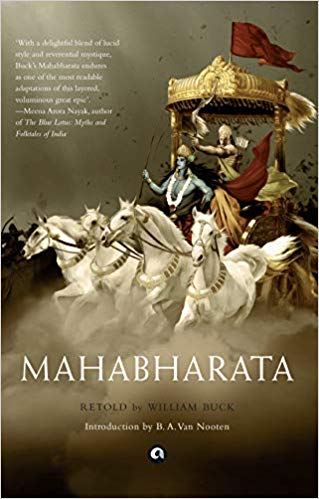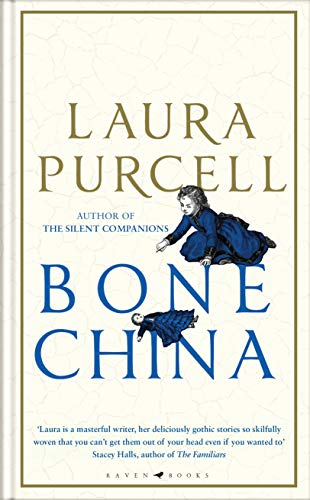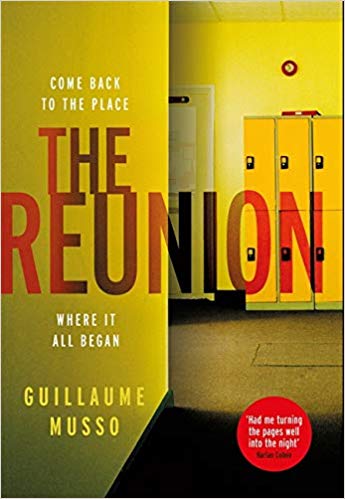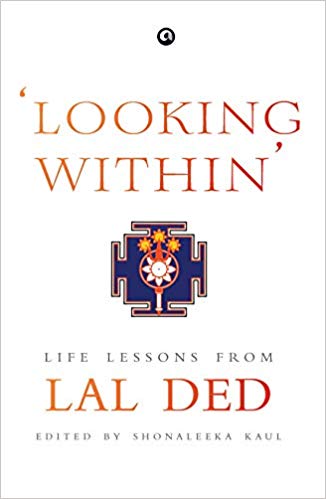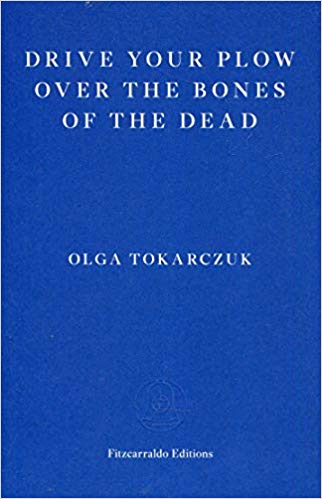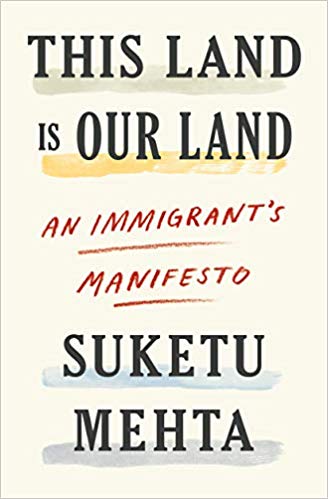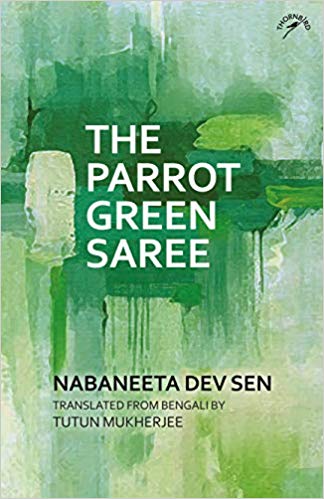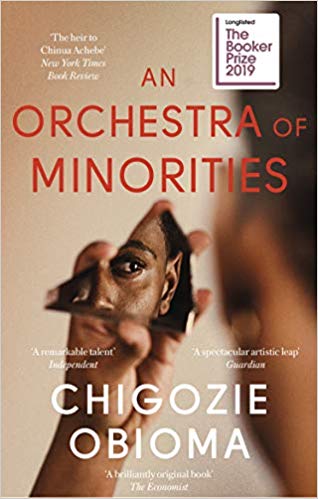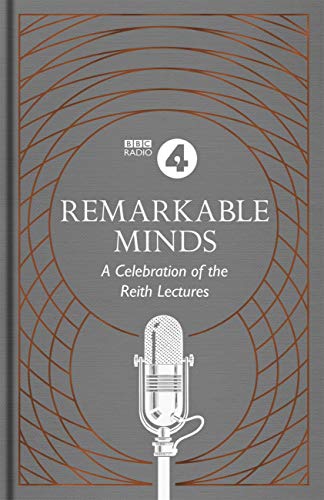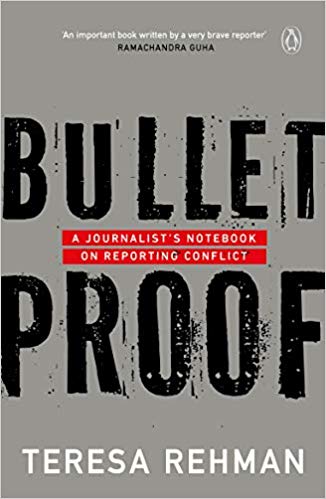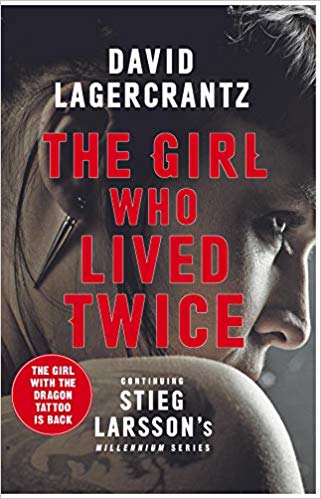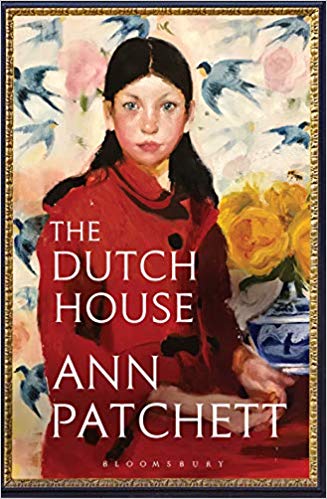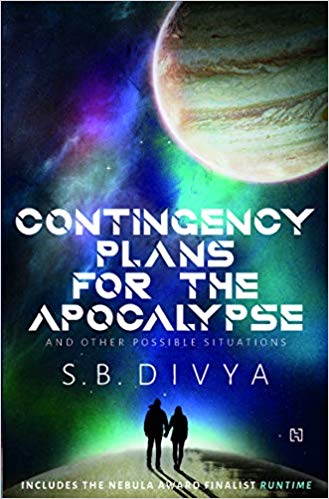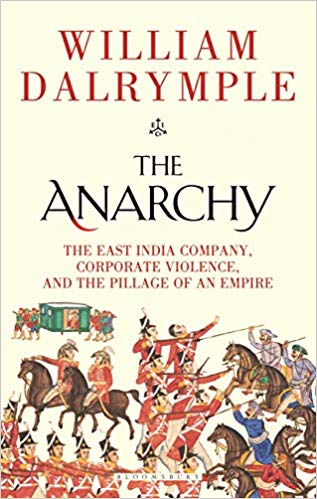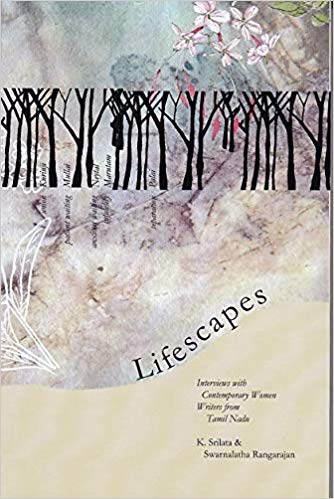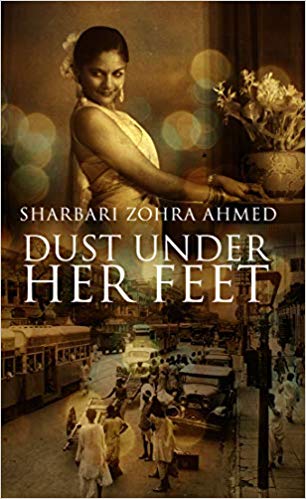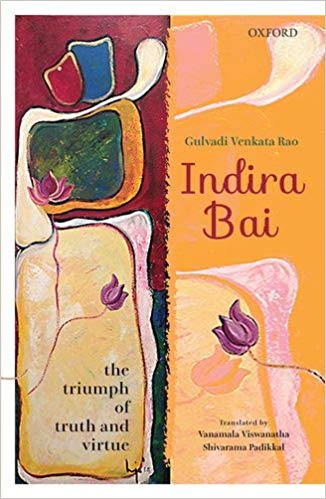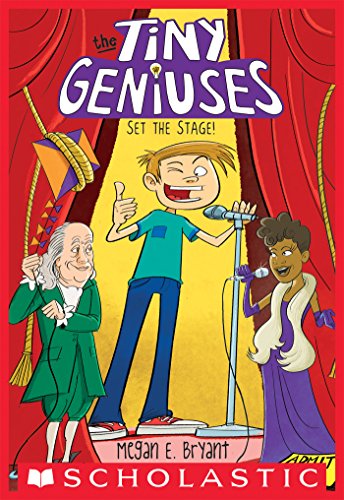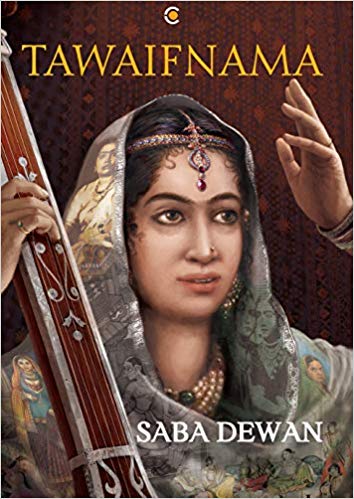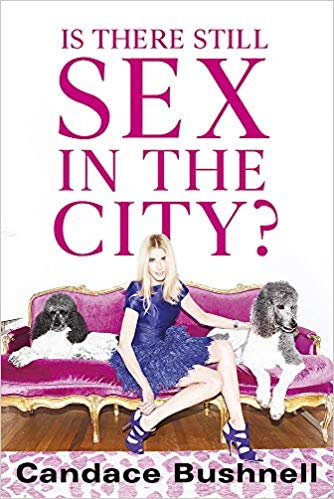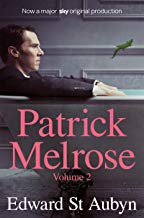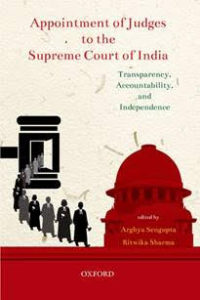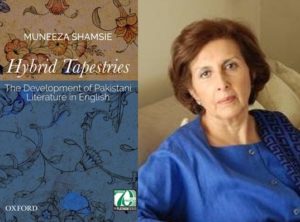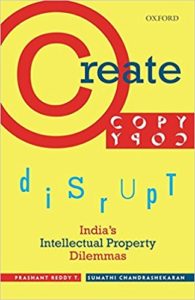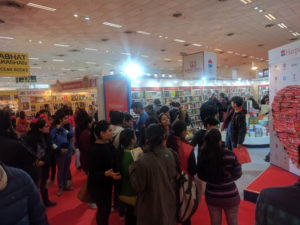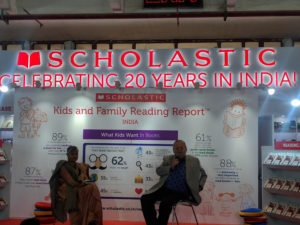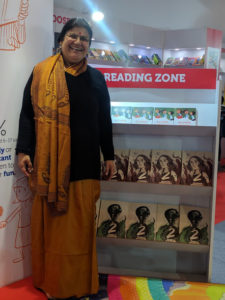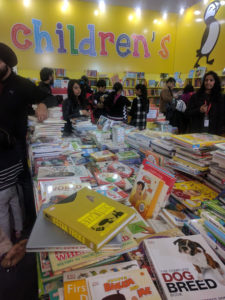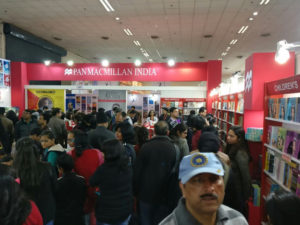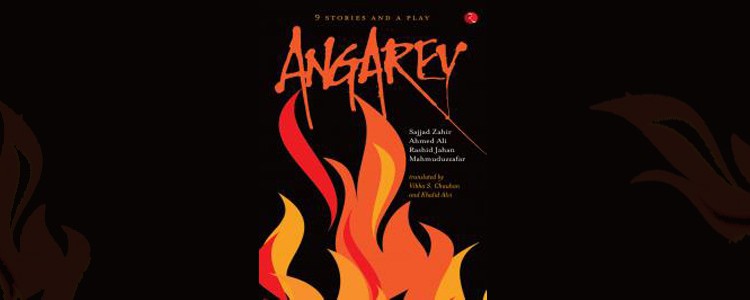On Sridhar Balan’s “Off the Shelf”
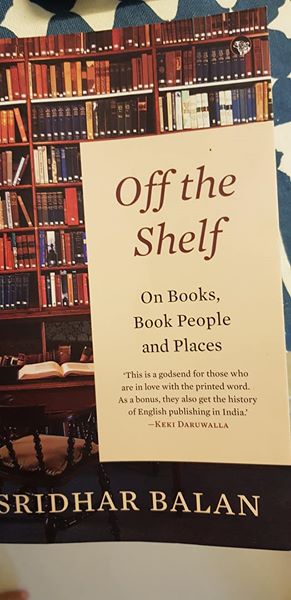
Sridhar Balan is an Indian publishing industry veteran who joined the sector when it was considered a cottage industry despite “big” firms like Oxford University Press, Longman, Macmillan and Tata McGraw Hill having Indian offices. Balan continues to be an active publishing professional who is currently associated with Ratna Sagar. He is always full of interesting anecdotes when you meet him. It is not just the anecdote but the pleasure of watching him narrate the stories with a twinkle in his eye and is forever smiling. He is always so generous in sharing his experiences in publishing. So I am truly delighted that Balan was finally persuaded by Ravi Singh of Speaking Tiger Books to put together a few essays of his time spent in Indian publishing.
The essays span a lifetime in publishing where Balan recounts joining it as a salesperson. He is also a voracious reader with a phenomenal memory and a magnificent ability to tell stories. Mix it all together and voila! — a rich colection of essays that recount significant personalities associated with Indian publishing such as Dean Mahomed (1759 – 1851), a barber’s son from Patna who wrote his first book in 1794 and ultimately settled in Brighton. The essays on other publishers such as Roy Hawkins who is known for settling in India happily wedded to his job as general manager at OUP for more than thirty years. More significantly, Hawkins is credited for having “discovered” many writers such as Verrier Elwin, Salim Ali, Minoo Masani and K.P.S. Menon. Hawkins also published Jim Corbett’s unsolicited manuscript “Man-Eaters of the Kumaon”, first published in 1944. ( It is in print even today with all of Corbett’s other books!) The account of the international publicity organised for this book is a fascinating story. A dream run. A tale worth repeating over and over again including the tiny detail of having two tiger cubs join the book launch party in Manhattan on 4 April 1946. The cubs were encouraged to dip their tiny paws and leave their footprints on the books as a special memento for the guests. A copy was specially inked in this manner for the author too. Corbett had been unable to travel to NYC under military quota as his status was that of a civilian. So he missed his own book launch. Nevertheless the book sold close to 490,000 copies in that year alone. A staggering number by even today’s standards of bookselling! As for the cub footprints on the cover page of the book proved to be such a magnificent book promotion detail that it was then replicated in subsequent editions of the book.
Off The Shelf is full of such wonderful gems of publishing history. For instance, the scholar and academic trained in classics, E.V. Rieu ( 1887 -1972) was selected to head the Indian operations of OUP. He was absorbed in his work but Rieu found time to write verse for children too. Balan recounts a poem that Rieu wrote called ‘Hall and Knight”. It was written by Rieu to record his sympathy for the generations of schoolchildren who had to endure Hall and Knight’s ‘Algebra’, which was the standard textbook in mathematics.
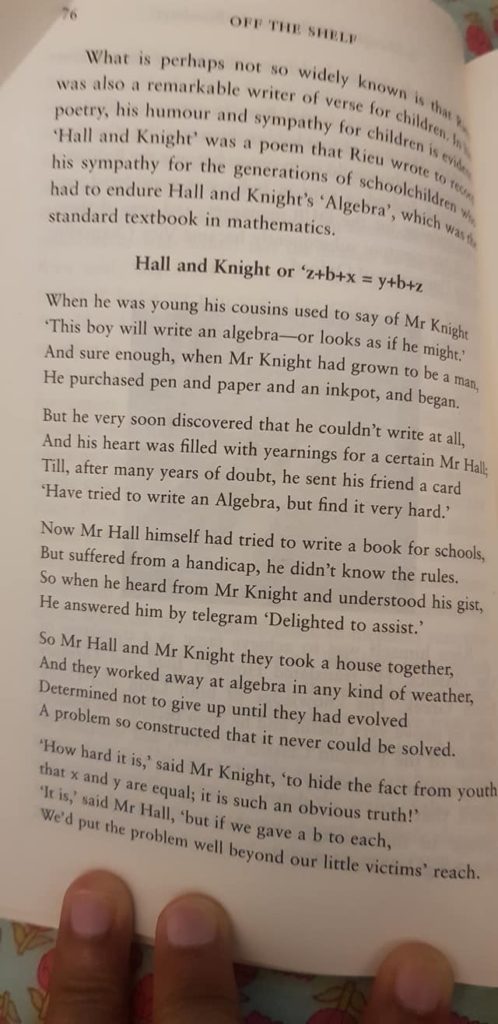
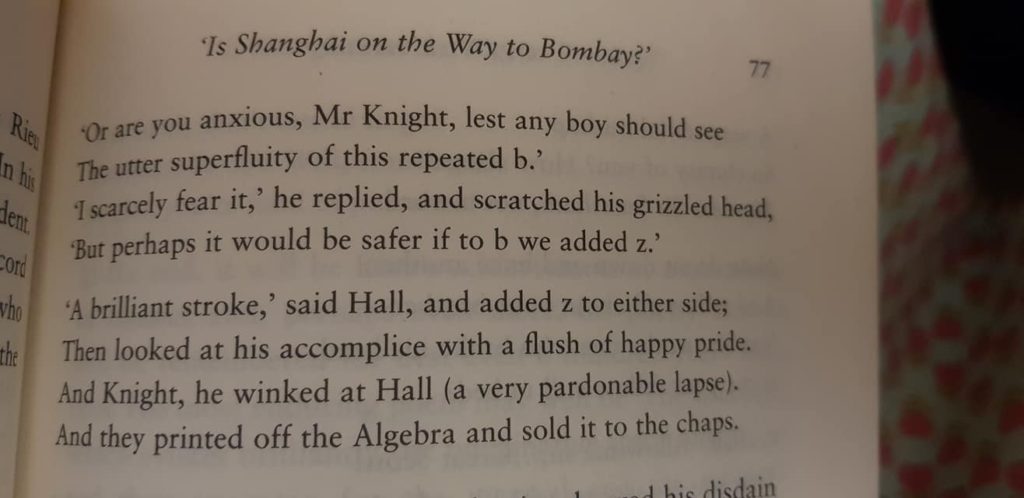
Many of the essays revolve around the time Balan spent at OUP but there are others such as about Dhanesh Jain ( 1939 – 2019) who established Ratna Sagar or legendary bookseller of Lucknow, Ram Advani. ( Whom I too had the pleasure of meeting and who upon hearing I had joined publishing, sent me such a lovely email welcoming me to the industry.)
Balan’s enthusiasm for the book trade shines through Off the Shelf but it is his passion for inculcating the love of reading that needs to be talked about more. He shares one example of his efforts in “Reading in Tirunelveli”. It is an essay worth sharing amongst educators, librarians, book clubs etc for the gentle kindness Balan demonstrates in encouraging children to read. He suggests constructive steps in building libraries and engaging in reading sessions. It is an essay seeped in wisdom.
This is such a lovely book that I could go on and on about it but I shan’t. Just buy it. Read it for yourselves. I could not put it down and read it in one fell swoop.
31 July 2020

